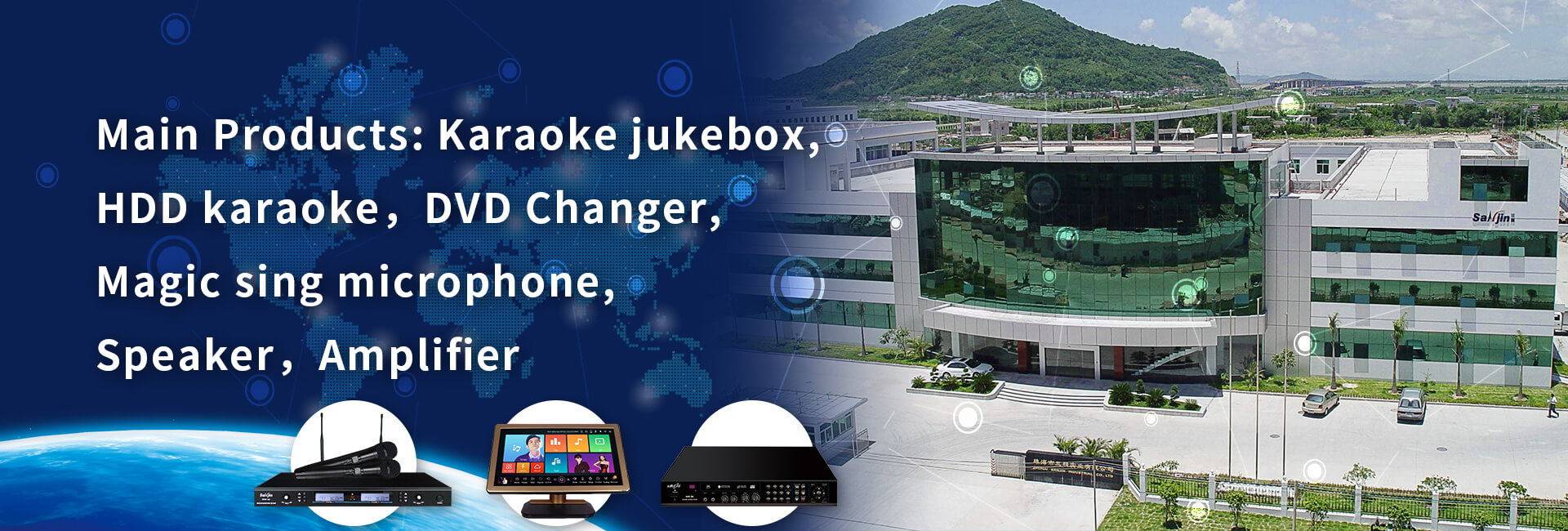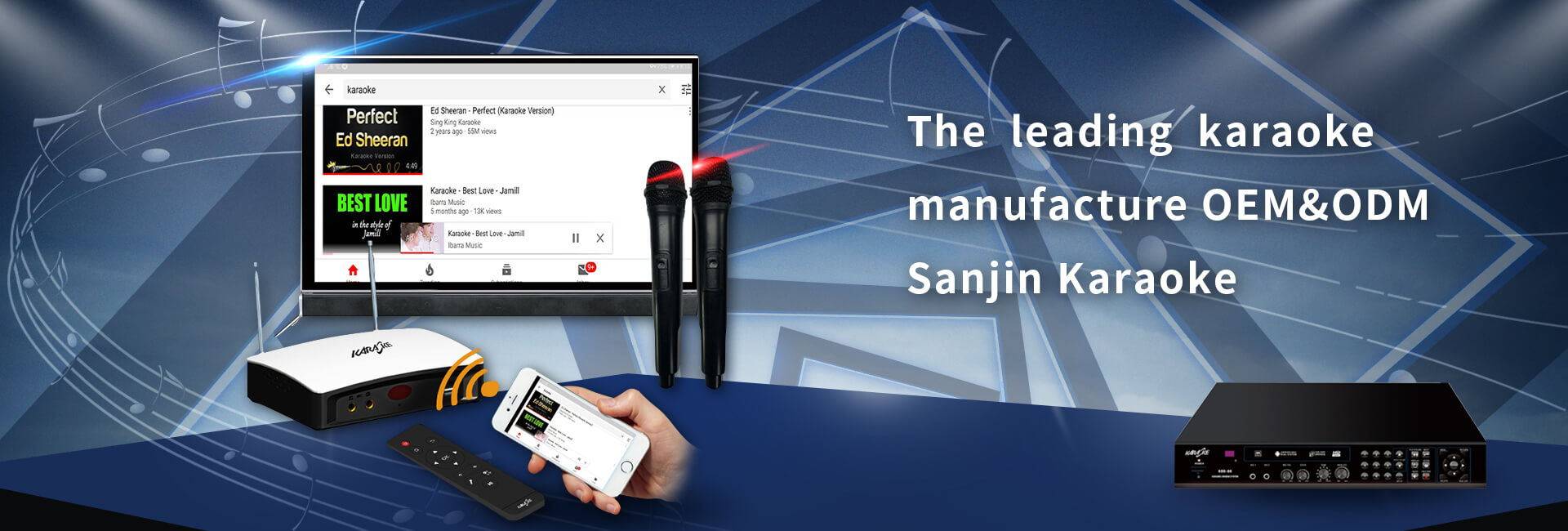As a necessities of life, cars have entered thousands of families in Texas. As the “ears” of cars, car audio is the first choice of many modification enthusiasts. Reasonable modification of car audio will not only improve the sound quality of your car, but also improve your driving. I’m in a good mood, but with the gradual rise of the audio refitting industry, many refitting shops arbitrarily fool around when refitting. This will not only make our car’s sound quality not improved, but also cause problems in our cars. There is a lot of knowledge about audio modification, among which speakers, as an important part of car audio, its importance is self-evident
Electric speaker: In fact, it is a kind of electric-power-sound energy converter. When the audio signal current flows through the voice coil of the speaker, the alternating magnetic field generated by the audio current in the voice coil interacts with the strong constant magnetic field generated by the permanent magnet to make the voice coil mechanically vibrate, that is, the electrical energy is converted into mechanical energy. The up and down vibration drives the diaphragm, causing the surrounding air to vibrate accordingly, and then convert mechanical energy into sound energy. Electrodynamic speakers have the characteristics of simple structure, wide frequency response and small distortion, so they are the most widely used in speaker systems. At present, there are many types of electrodynamic speakers on the market. Although some speakers are very similar in appearance, due to the differences in the materials of some of the parts, they often have great differences in performance indicators and prices. The tweeters produced in the early days were basically paper cone tweeters. Later, dome tweeters and flat tweeters with excellent performance appeared one after another, and ribbon tweeters appeared in recent years. Almost all of the earliest low-frequency speakers were paper cone speakers. Although most low-frequency speakers still use paper cones, the materials and production processes of the paper cones have been greatly improved. Some lengths have been added to the materials of the paper cones. The fibrous material greatly improves the overall performance of the cone speaker.
Cone speaker: It is currently the most widely used speaker. Cone speakers usually have circular speakers and elliptical speakers according to the shape of the cone. The elliptical speakers are mainly designed and manufactured to meet the needs of TV sets and reduce the size of radios. They are currently used in televisions and car audios. More. The standard center of a round speaker is usually expressed by the largest diameter of the speaker frame, and the standard size of an elliptical loudspeaker is expressed by the long and short axis of the ellipse. The unit is expressed in cm or mm. It is customary to express in inches. The relationship between the two is One inch is equal to 25.4 mm. As we usually say, the 8-inch speaker, the outer diameter of the frame is 200mm/4X6, and the frame size of the 4X6 inch speaker is 100mmX160mm. Cone speakers can be divided into four types: full-band speakers, low-frequency speakers, mid-frequency speakers, and tweeters according to different frequency ranges. According to different cone materials, cone speakers can be divided into cone speakers, wool cone speakers and Polypropylene cone speakers, etc., among which paper cone speakers are the most widely used.
Flat speakers: We have found in long-term practice that the cone of the cone speaker is one of the important causes of distortion. To reduce the distortion of the cone loudspeaker and make the frequency response curve of the loudspeaker relatively flat, it is best to replace the conical cone of the cone loudspeaker with a flat diaphragm. This is because the cone of the cone speaker is a concave conical diaphragm, and a small air chamber will inevitably appear in front of it. When the speaker is working, sound waves will resonate in the small air chamber in front of the cone. The resonance of this sound wave makes the frequency response characteristics of the entire speaker worse. We usually call this effect of the cone-shaped diaphragm as the front room effect. With the development of speaker manufacturing technology, people continue to improve the technical performance indicators of the speaker, but also pay more and more attention to improving the conversion efficiency of the speaker. From the perspective of improving the conversion efficiency of converting mechanical energy into sound energy, we hope that the contact area between the speaker diaphragm and the air can be as large as possible. Therefore, people imagine whether the cone diaphragm of the cone speaker can be expanded into a plane, so that the speaker voice coil can directly push a flat diaphragm, so that the diaphragm can push more air. In order to eliminate the front room effect of the cone speaker and improve the conversion efficiency of the speaker, people have made various attempts to replace the speaker cone with different flat materials, and finally successfully developed and produced a panel speaker. The diaphragm of the speaker must have good rigidity. People originally designed the loudspeaker diaphragm into a conical shape because of the good rigidity of the conical object. Now-once the conical diaphragm is opened and flat, the first problem that needs to be solved is how to improve the rigidity of the planar diaphragm. Of course, we can increase its rigidity by appropriately increasing the thickness of the planar diaphragm, but this method It increases the quality of the diaphragm while increasing the penetrating ability of the diaphragm. Excessive mass of the speaker diaphragm will bring disadvantages to the high-frequency characteristics of the speaker. Therefore, choosing the diaphragm material with light weight and good rigidity is the key to making flat panel speakers.
Post time: Apr-12-2021





